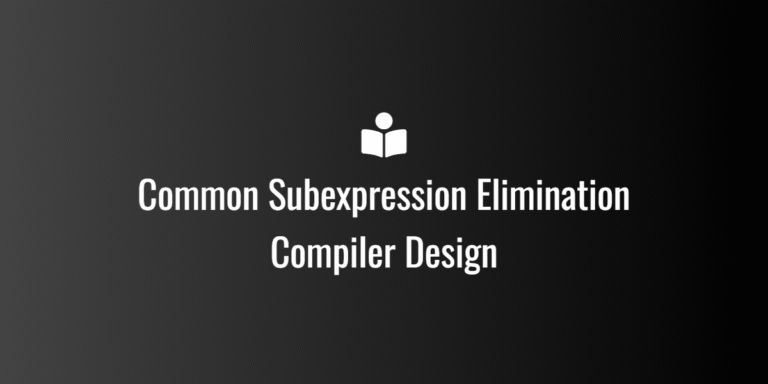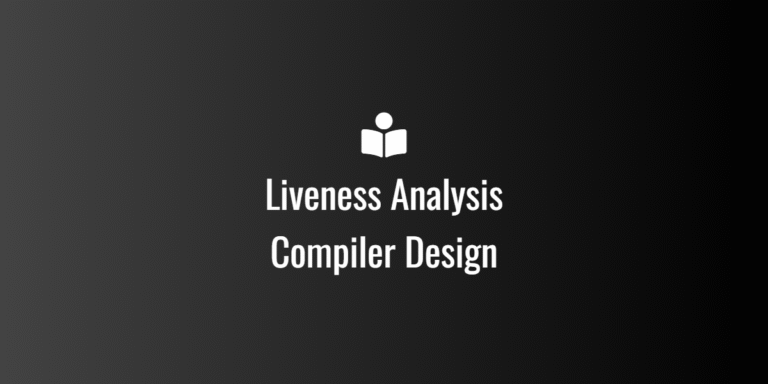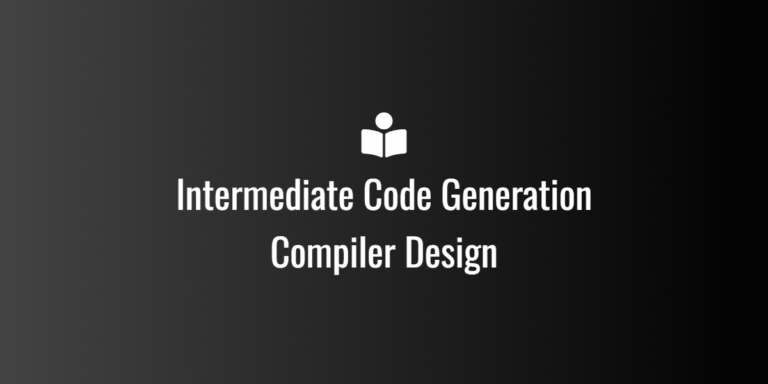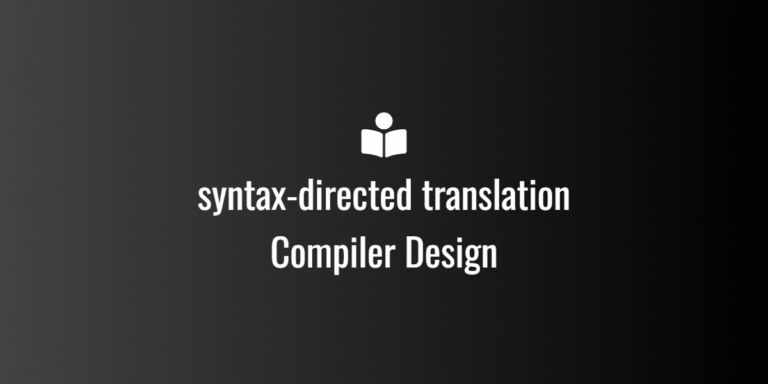Threads MCQs — Operating Systems
examhopeinfo@gmail.com
Processes – Operating System (GATE Level) Q1. In a system, five processes arrive at time 0. Their...
System Calls (Operating Systems) Perfect ✅ — here are the remaining 40 tricky, plagiarism-free GATE-level MCQs (61–100)...
Common Subexpression Elimination(Data flow analyses) MCQs 1.Common subexpression elimination (CSE) aims to:A) Remove duplicate computationsB) Remove dead...
Liveness Analysis(Data flow analyses) MCQs 1.Liveness analysis determines:A) Which variables hold constant valuesB) Which variables are used...
CONSTANT PROPAGATION (DATA FLOW ANALYSIS) — MCQs 1.Constant propagation is a part of which phase in a...
Local Optimization – Compiler Design (MCQs 1–100 with Solutions) 1.Local optimization works on which part of the...
Intermediate Code Generation” from Compiler Design for the GATE exam 1. Which of the following is not...
Runtime Environments” from Compiler Design for the GATE Exam 1. In a runtime environment, which of the...
syntax-directed translation MCQs 1 Q: In an S-attributed grammar all attributes are:A. inherited onlyB. synthesized onlyC. both...






